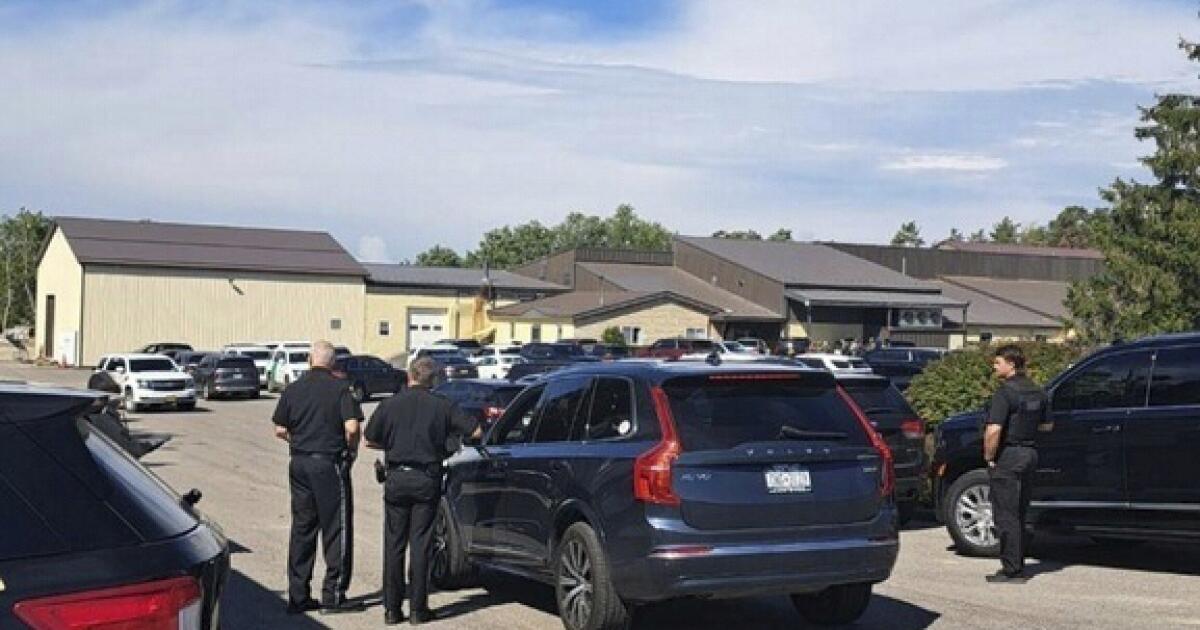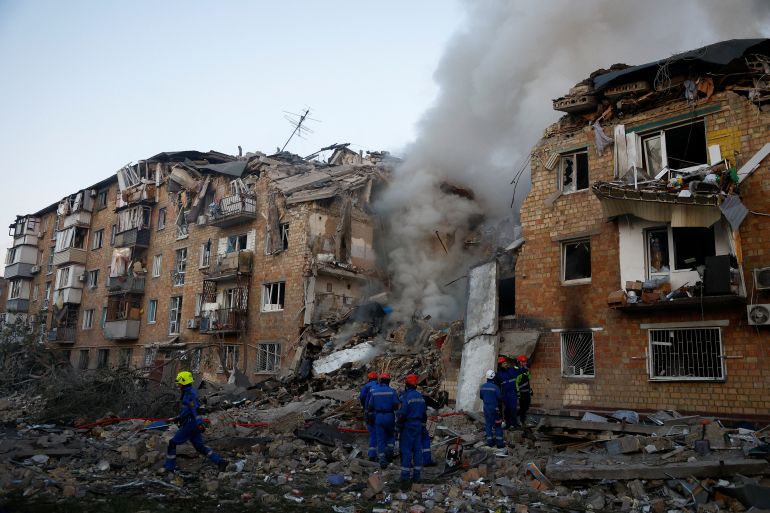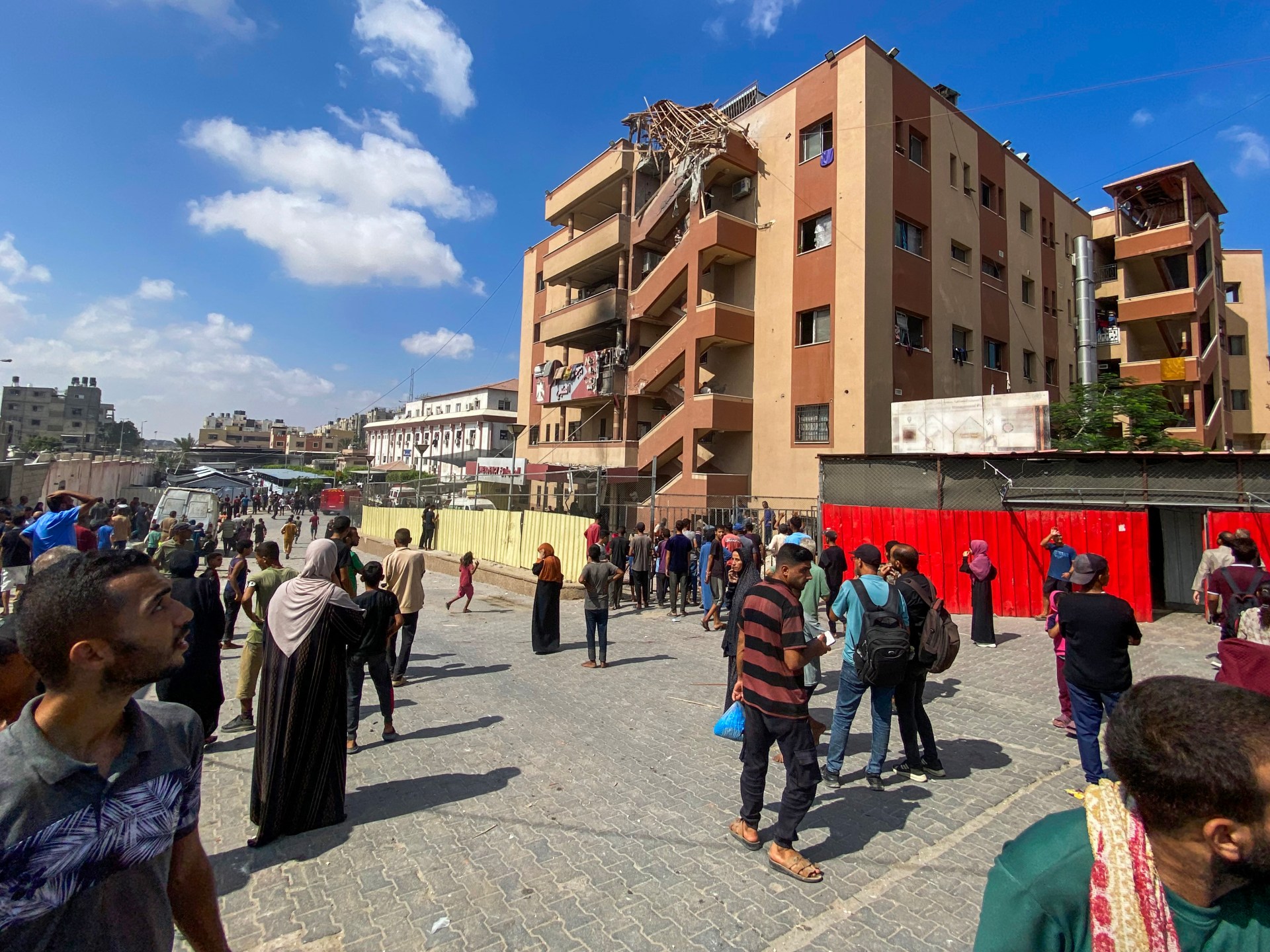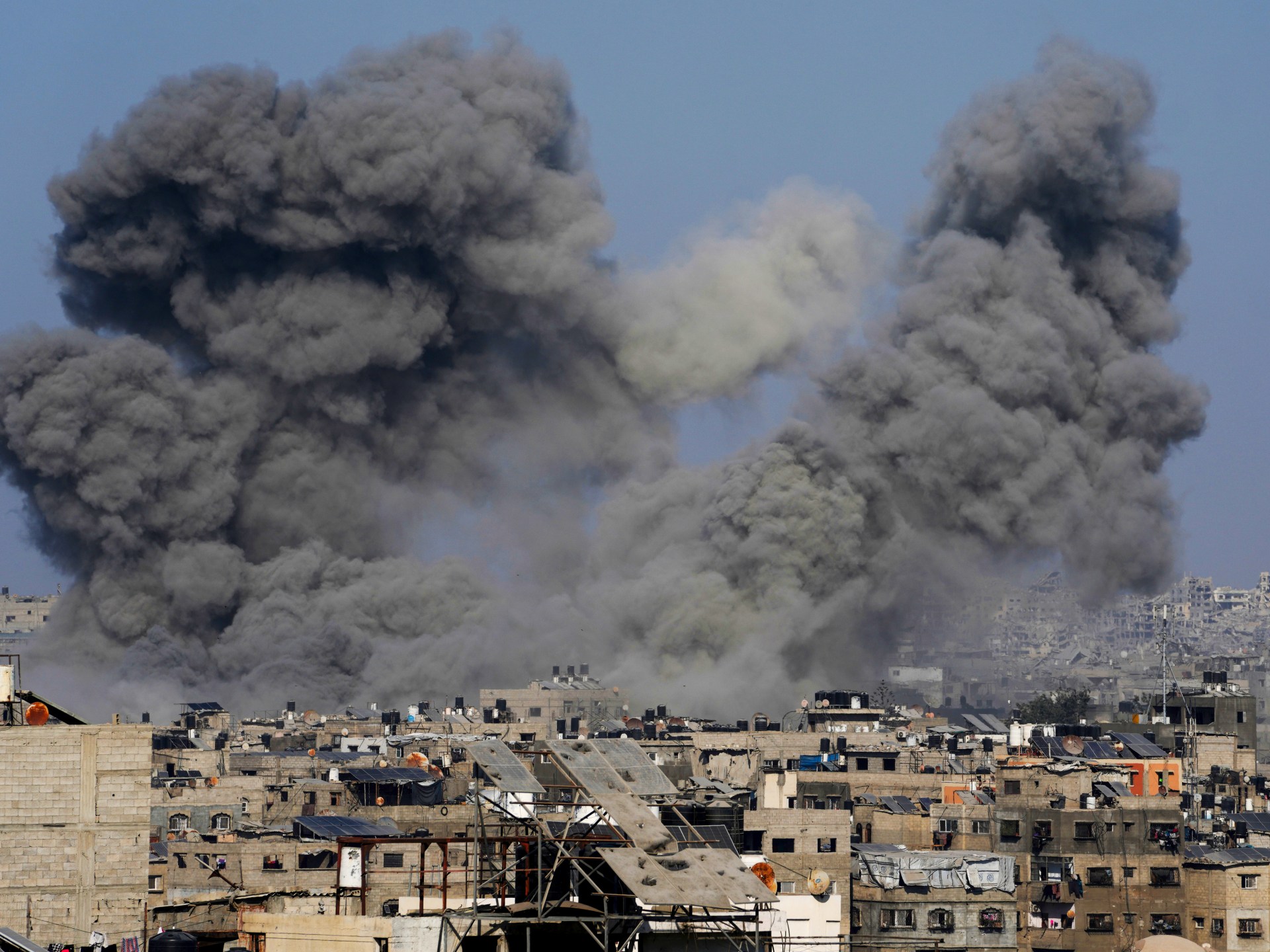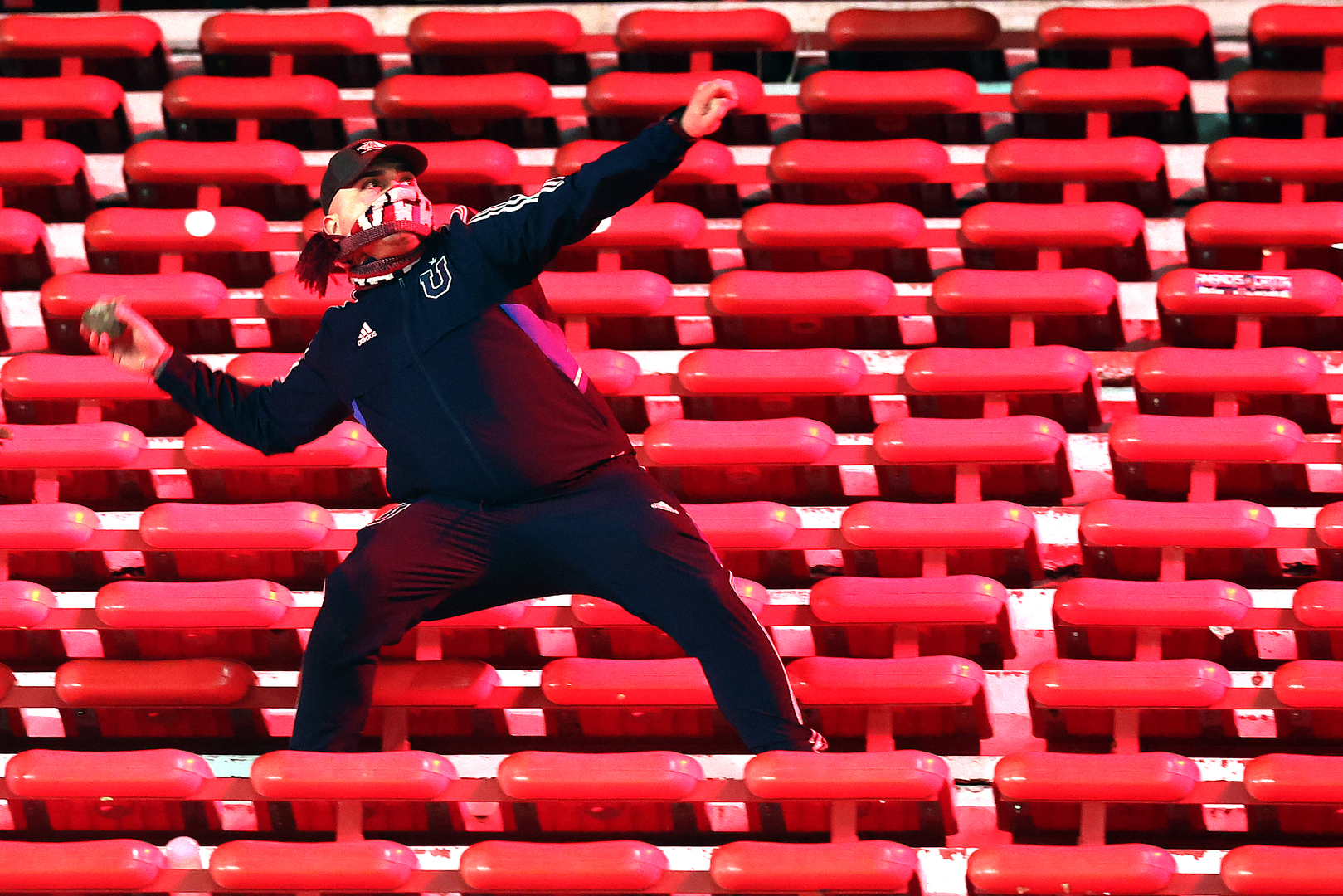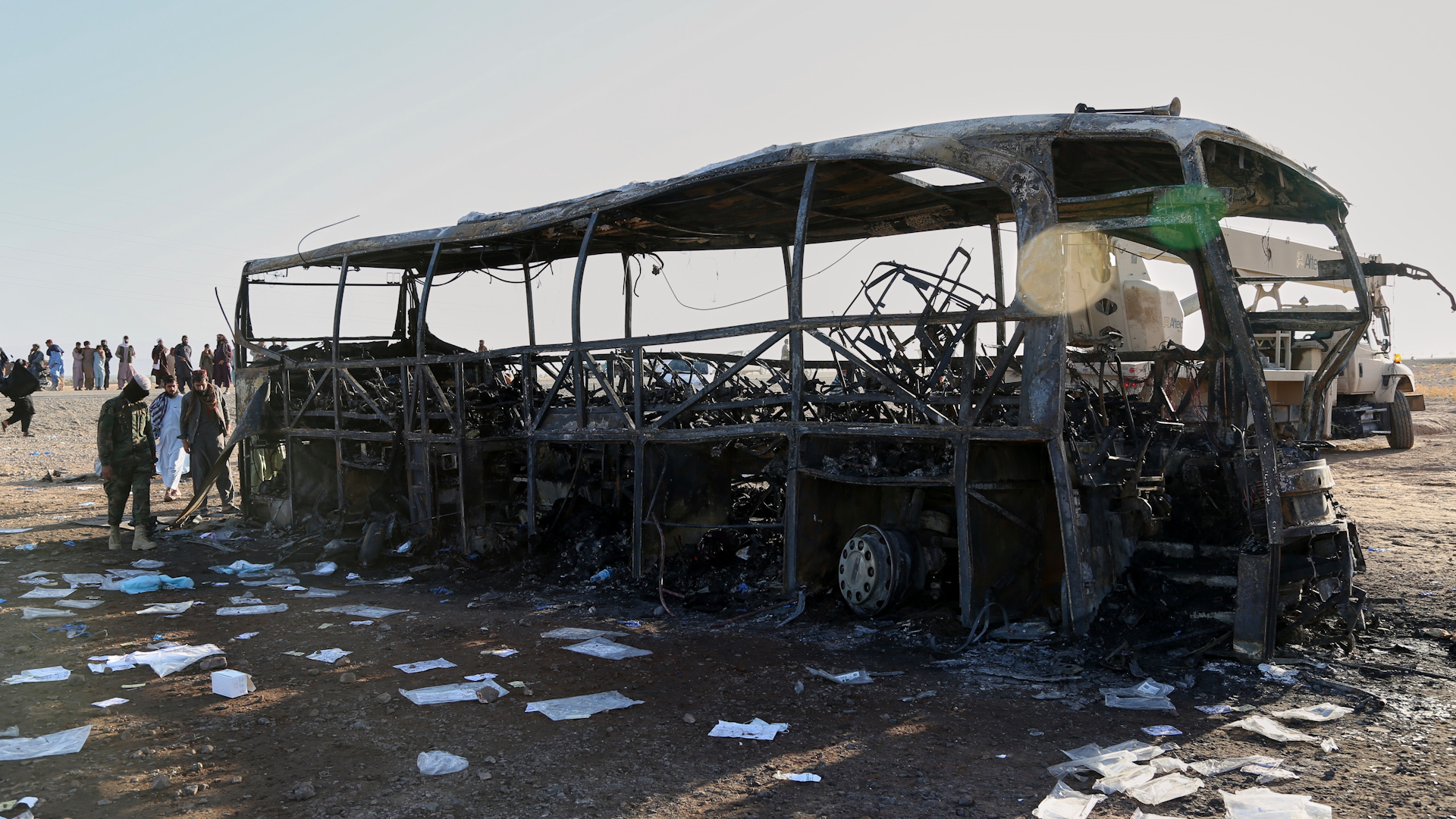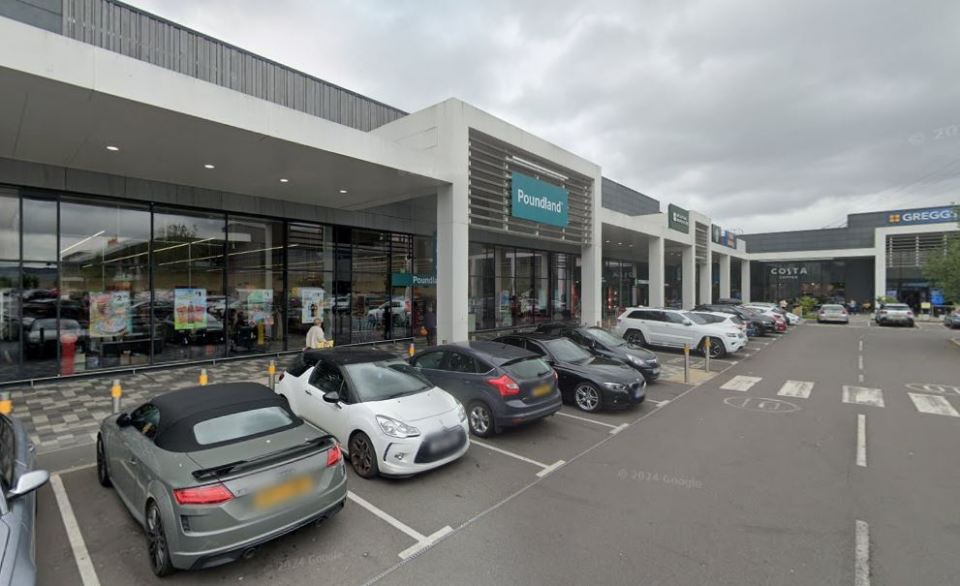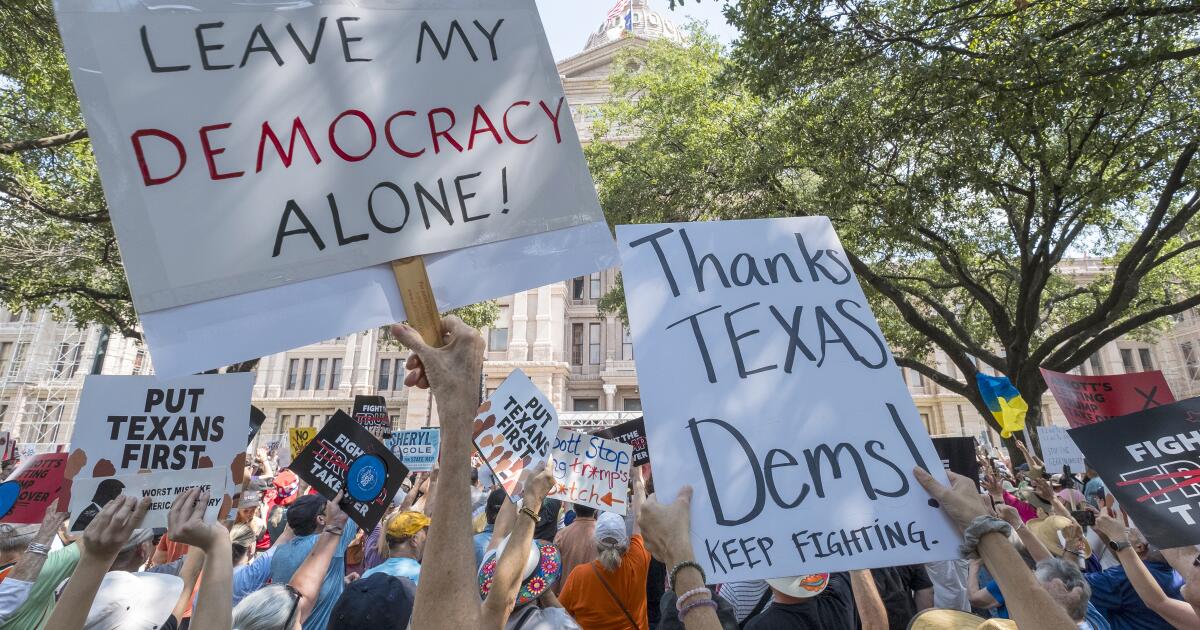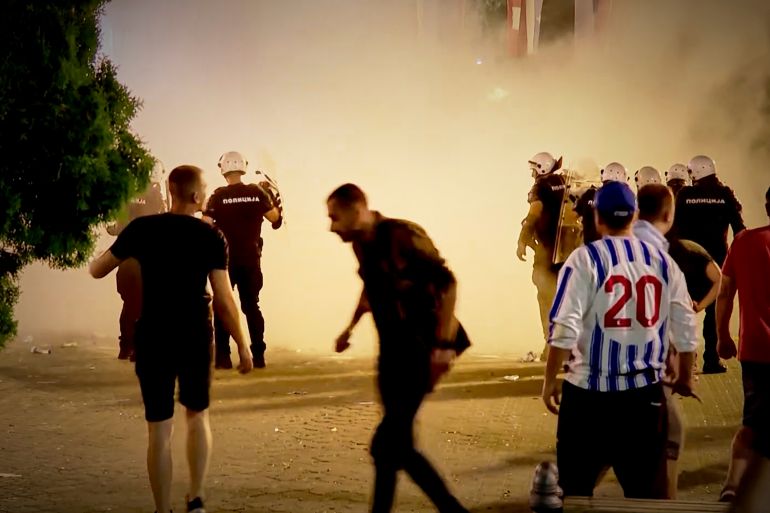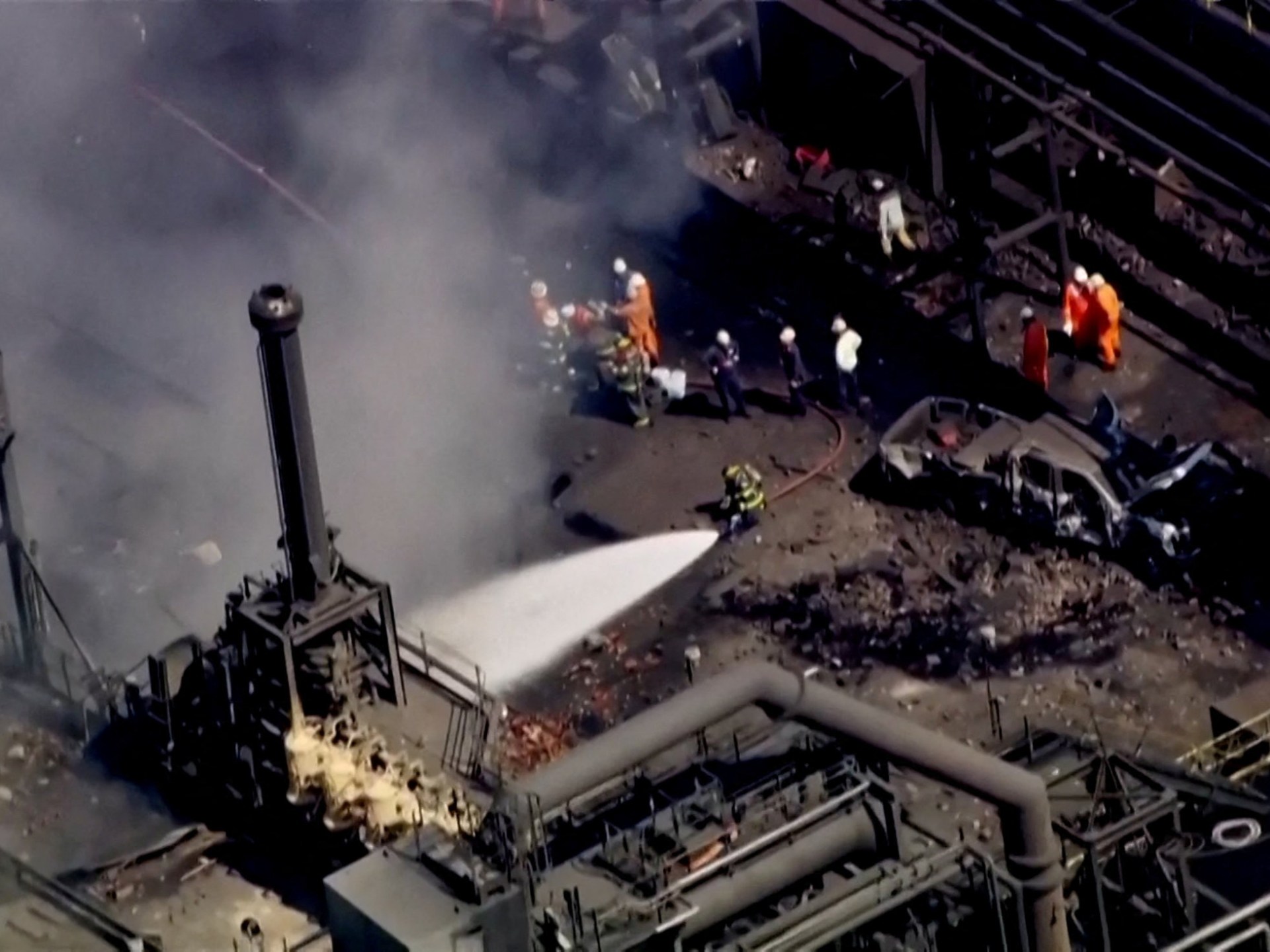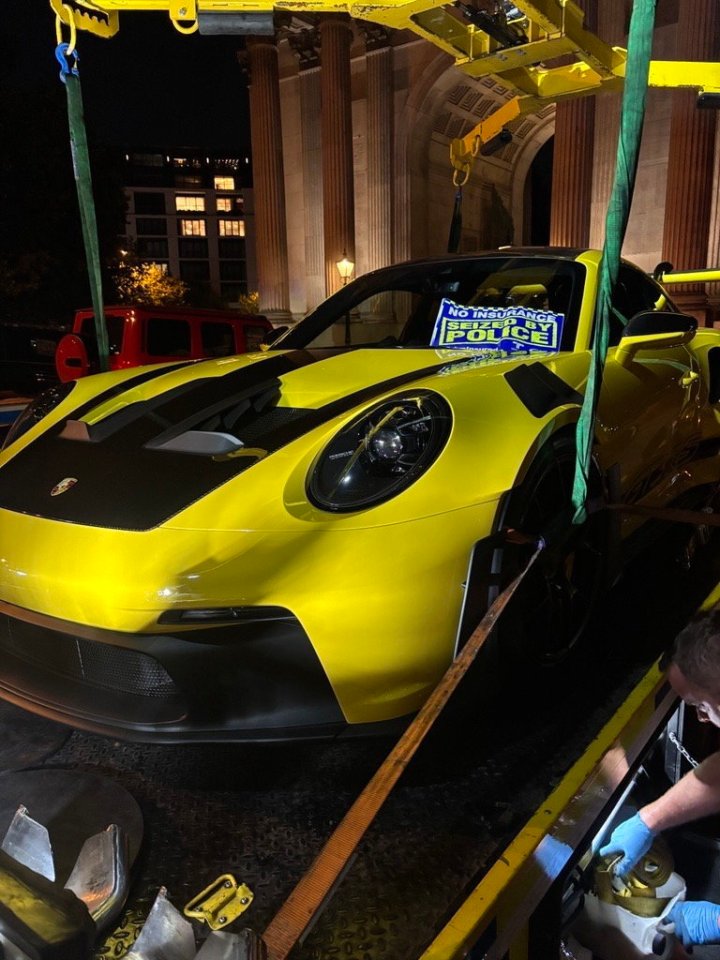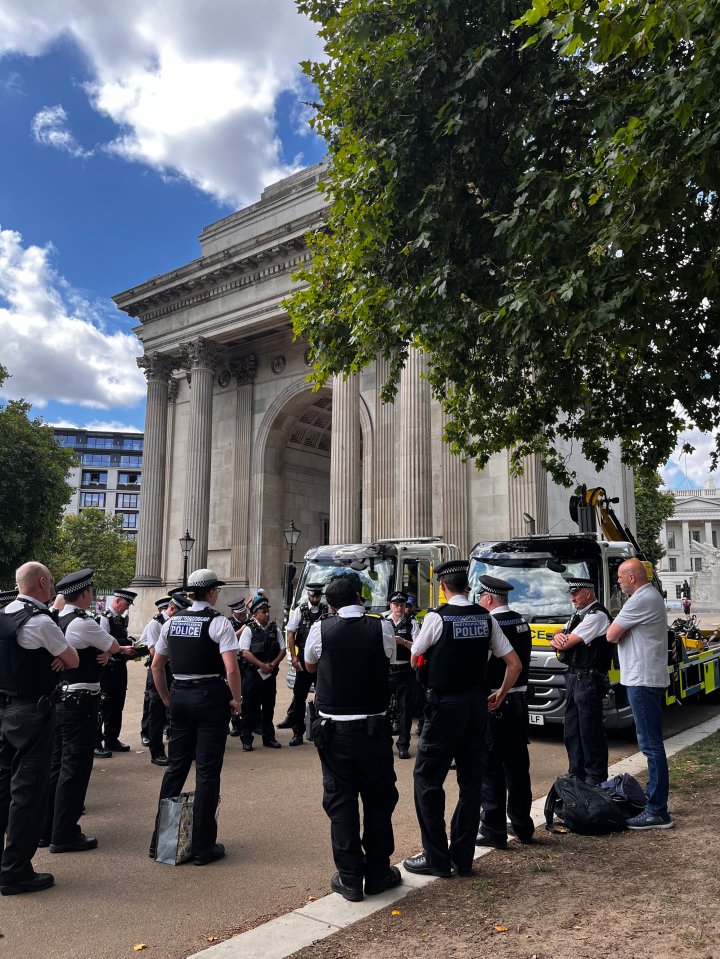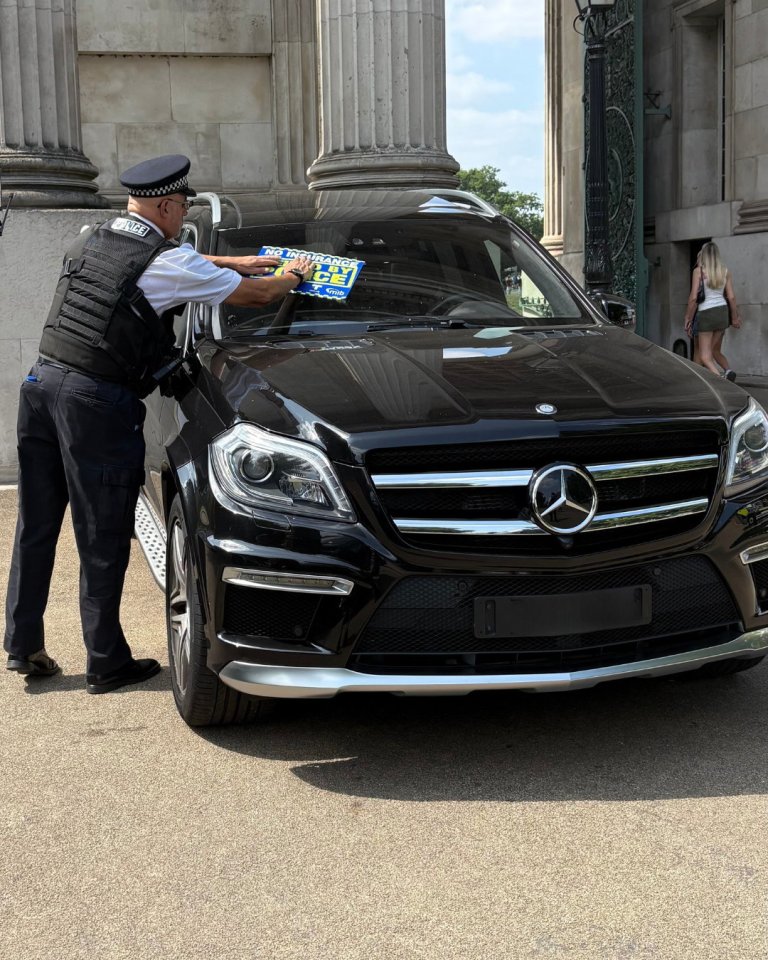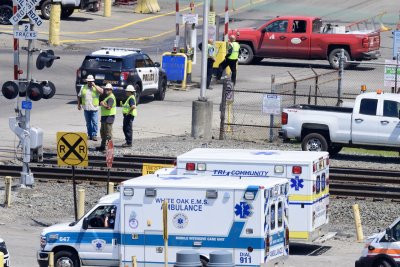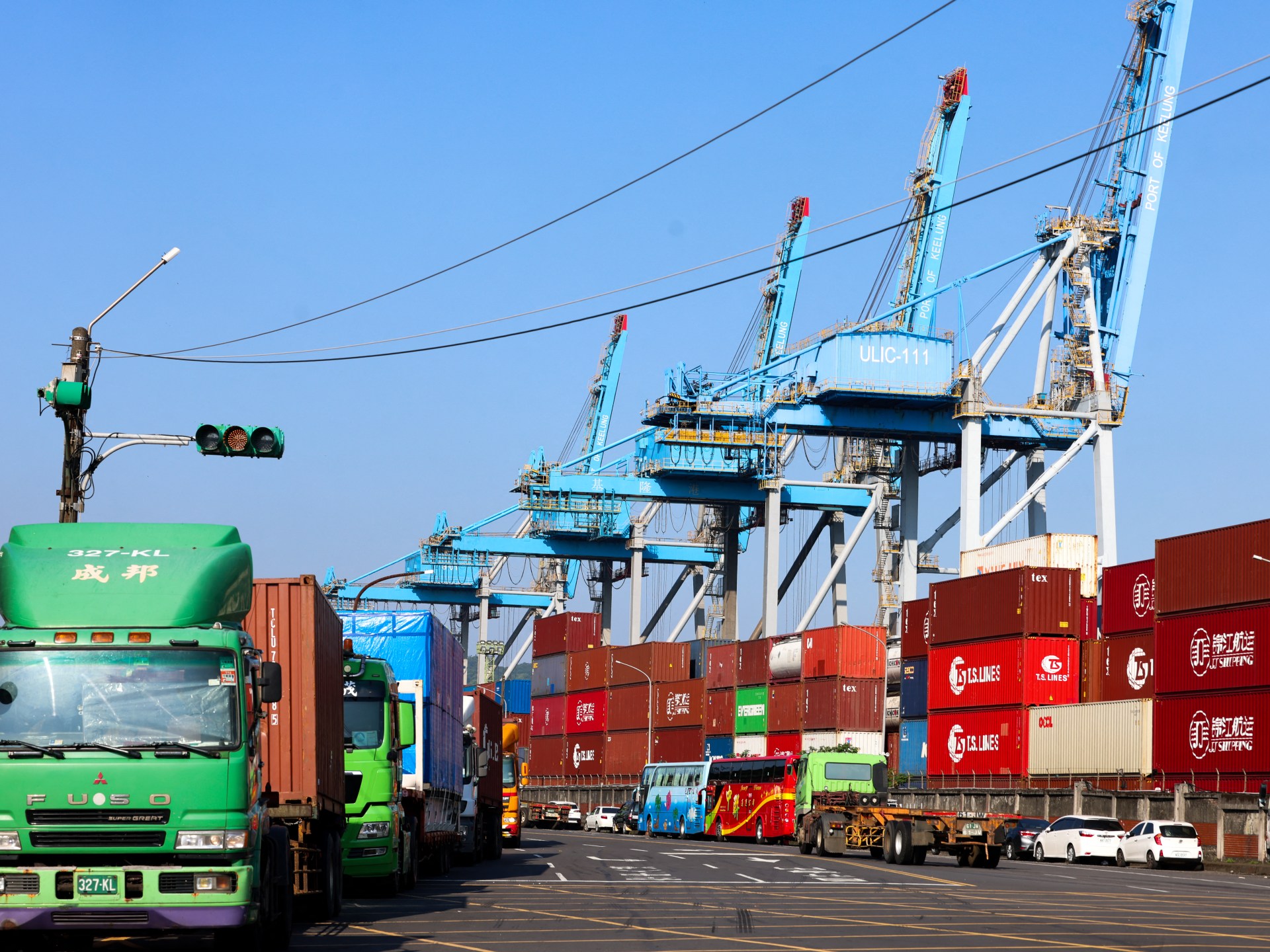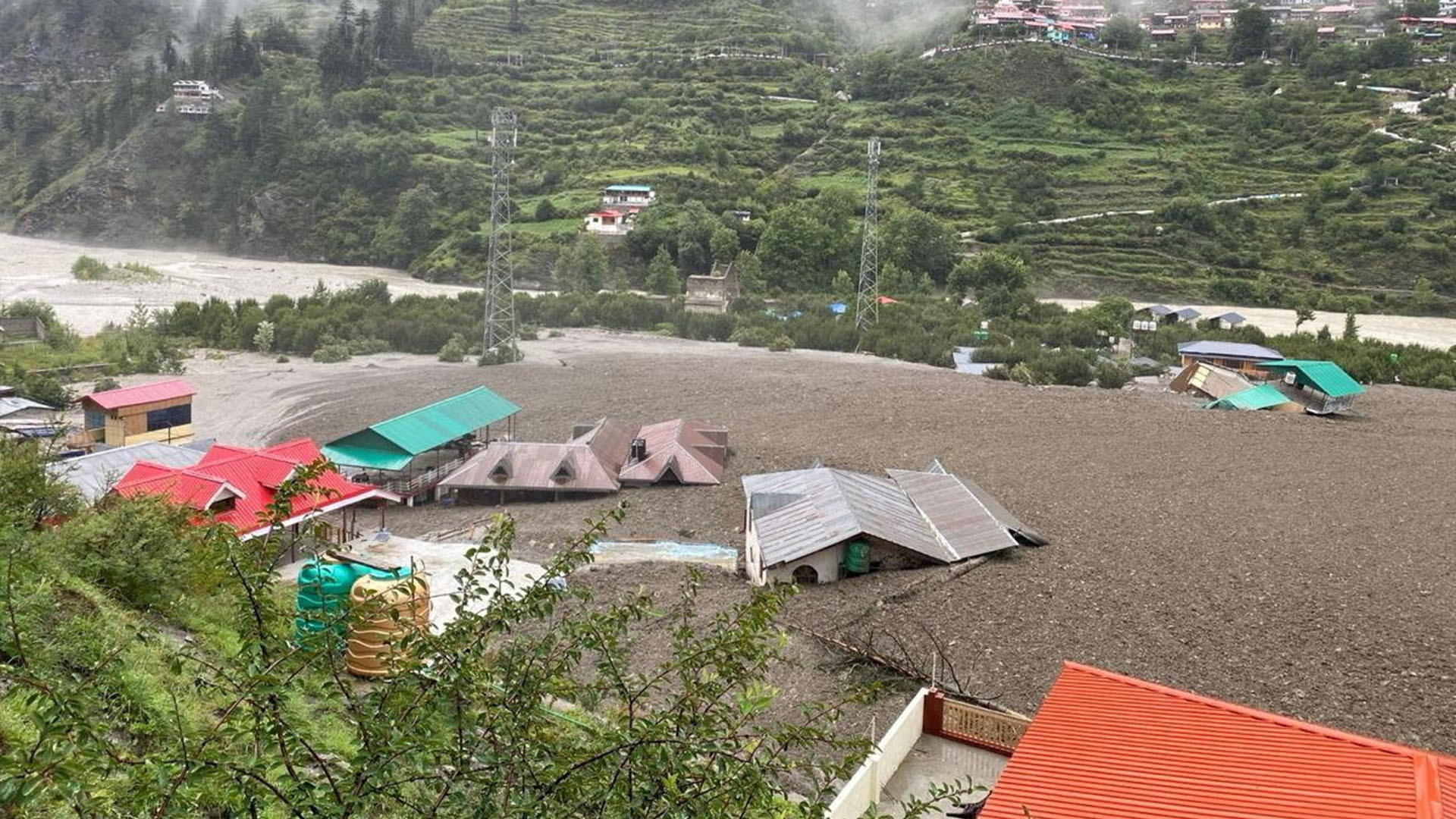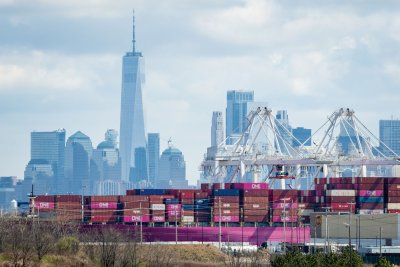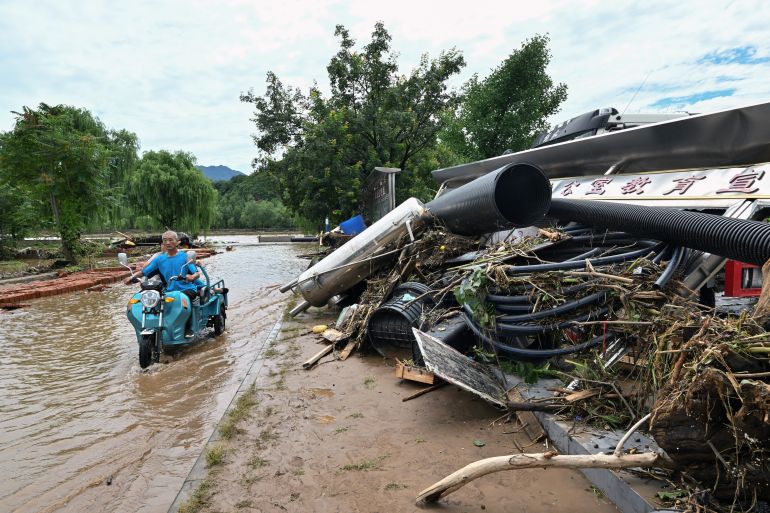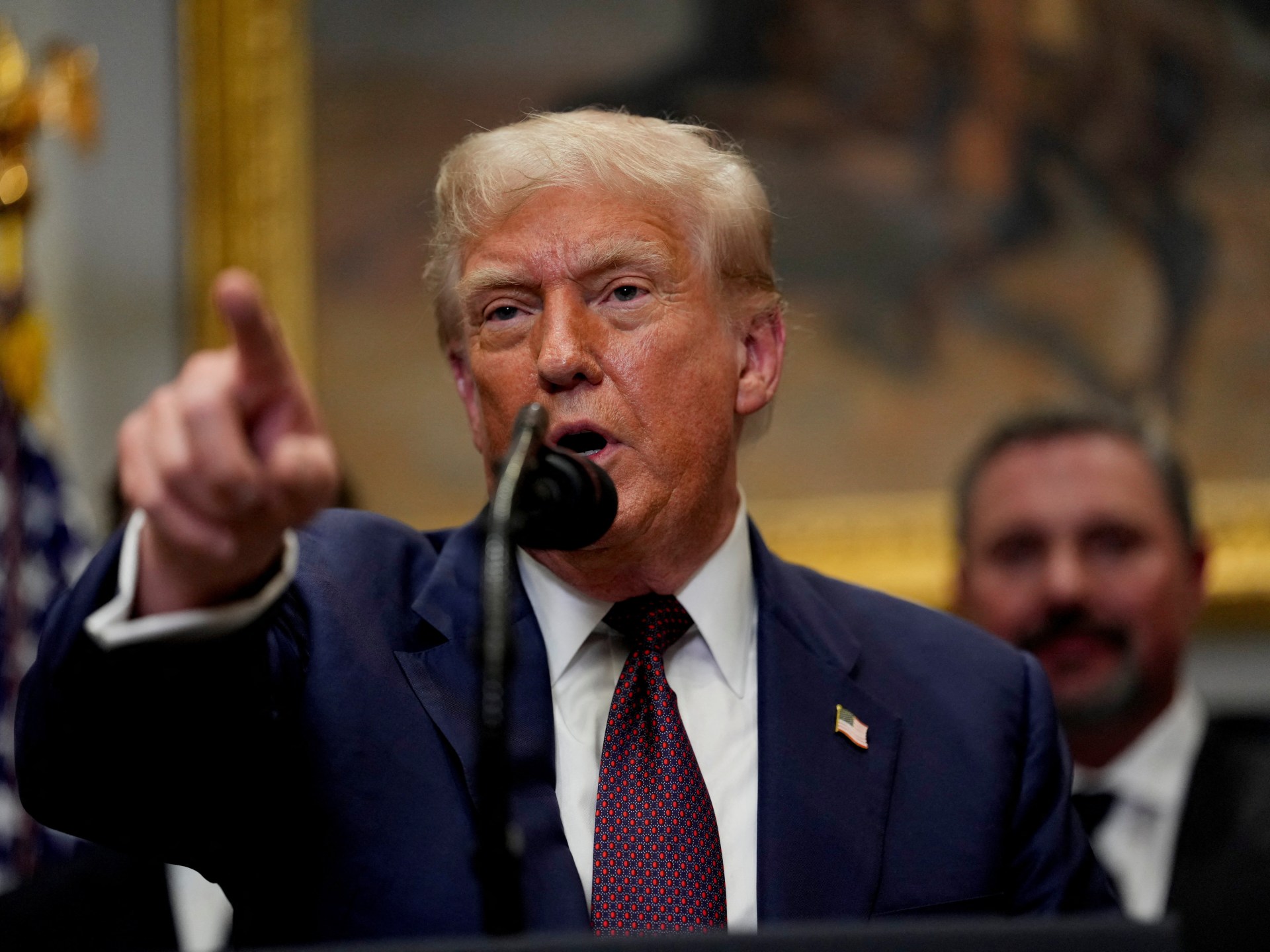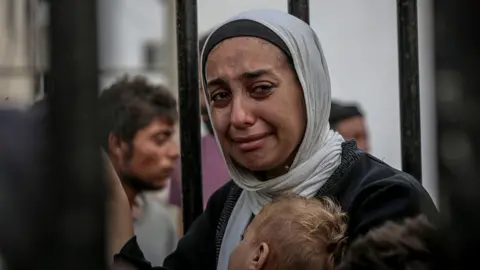Israel has struck Nasser Hospital in the south of the Gaza Strip, killing at least 21 people, including five journalists, as well as medics and rescue workers, in the latest deliberate attack on civilians and the besieged enclave’s decimated health system.
Monday’s attack, which killed journalists who worked for Al Jazeera, the Reuters and Associated Press (AP) news agencies, and others, was among the deadliest of a multitude of Israeli strikes that have targeted both hospitals and media workers over the course of the nearly two-year genocidal assault.
It comes as Israel widens its offensive to heavily populated areas and urban centres, including Gaza City, increasing the already heightened peril for the population.
The first strike of the “double-tap” attack, where one strike is followed by a second soon after, hit the top floor of a building at Nasser Hospital. Minutes later, as journalists and rescuers in orange vests rushed up an external staircase, a second projectile hit, said Dr Ahmed al-Farra, the head of the paediatrics department.
Among the journalists killed were Al Jazeera’s Mohammad Salama, Reuters cameraman Hussam al-Masri, Mariam Abu Daqqa, a freelance journalist working for AP at the time, as well as Ahmed Abu Aziz and Moaz Abu Taha.
Al Jazeera’s Tareq Abu Azzoum, reporting from Deir el-Balah, said the attack has “sent the entire area into an absolute sense of chaos and panic”.
“Not only for passers-by or people living in the vicinity of the hospital, but for the patients themselves, who are receiving treatment in one of the areas that must be protected under … international humanitarian law,” Abu Azzoum said.
The attack was met with widespread global condemnation, including from press freedom groups and rights advocates, who expressed outrage over Israel’s repeated targeted killings of Palestinian journalists in Gaza.
Al Jazeera condemned the attack as “a clear intent to bury the truth”.
Francesca Albanese, the United Nations special rapporteur on the occupied Palestinian territory, also decried the attack.
“Rescuers killed in line of duty. Scenes like this unfold every moment in Gaza, often unseen, largely undocumented,” Albanese said.
“I beg states: how much more must be witnessed before you act to stop this carnage? Break the blockade. Impose an Arms Embargo. Impose Sanctions.”
Israel’s allies, such as France Germany and the United Kingdom, have called for an investigation.
The Palestinian Journalists Syndicate also condemned Israel for the strikes, saying it represented “an open war against free media, with the aim of terrorising journalists and preventing them from fulfilling their professional duty of exposing its crimes to the world”.
The attack raises the death toll of Palestinian journalists killed in Gaza since October 7, 2023 to at least 273, according to an Al Jazeera tally.
The Committee to Protect Journalists called for “the international community to hold Israel accountable for its continued unlawful attacks on the press”.
Israeli Prime Minister Benjamin Netanyahu’s office said the strike was a “tragic mishap”, and that the military was investigating it. Israel has often issued similar statements after incidents that drew international outrage and calls for UN investigations, but actual accountability for the perpetrators is unheard of.
Israeli forces also killed Palestinian correspondent Hassan Douhan, who worked for the Al-Hayat al-Jadida publication, in a separate incident in Khan Younis later on Monday, bringing the death toll of journalists killed that day to six.
Two weeks ago, Israel killed prominent Al Jazeera correspondent Anas Al-Sharif and four other journalists in a strike. In that attack, Israel acknowledged targeting Sharif and falsely alleged he worked for Hamas, without providing any evidence, after having openly maligned and condemned him for months before murdering him.
Nasser Hospital has withstood raids and bombardment during the war, with officials repeatedly noting critical shortages of supplies and staff amid a crippling aid blockade. Other hospitals have also come under attack, including al-Shifa Medical Complex, the enclave’s main hospital, where Israel has killed hundreds.
Death, desperation and famine stalk enclave
Israeli attacks across the famine-struck territory have killed at least 61 people since dawn on Monday, including seven people desperately seeking aid.
Tanks have been advancing in Gaza City, where Israeli forces have been intensifying attacks in a bid to force nearly 1 million Palestinians there southwards into concentration zones.
Gaza’s Civil Defence said that Israel had destroyed 1,000 buildings in Gaza City since August 6, trapping hundreds under the rubble, while ongoing shelling and blocked access routes prevented many rescue and aid operations.
The al-Awda Hospital said Israeli gunfire also killed six aid seekers trying to reach a distribution point in central Gaza and wounded another 15.
Israeli forces have been routinely opening fire on hungry Palestinians as they attempt to secure meagre aid parcels at the controversial Israeli and United States-backed GHF sites.
According to Gaza’s Ministry of Health, more than 2,000 Palestinians have been killed and some 13,500 wounded while seeking aid at distribution points or along convoy routes used by the UN and other aid groups.
Al-Awda said that two Israeli strikes in central Gaza killed six Palestinians, including a child, while al-Shifa Hospital in Gaza City said three Palestinians, including a child, were killed in a strike there.
The relentless attacks continue as the UN warns that malnutrition among children in Gaza is deepening.
The UN’s humanitarian office (OCHA) renewed calls for the unrestricted flow of aid into and within Gaza.
“With famine conditions now confirmed in Gaza governorate, hunger and malnutrition among children are deepening,” OCHA said.
“Partners working on nutrition note that in any food crisis, children with underlying health conditions are affected first – and without proper nutrition, water and care, their condition worsens more quickly.”
Chris McIntosh, Oxfam’s humanitarian response adviser in Gaza, has described the situation as unprecedented in scale and severity.
“It’s difficult not to overuse superlatives in this context, but truly, this is a singular humanitarian disaster and the worst crisis that I’ve ever been part of… by far,” he said.
In the meantime, US President Donald Trump has predicted that the war on Gaza could see a “conclusive end” within two to three weeks. Similar claims have quickly fallen by the wayside as Washington’s full military and diplomatic backing of Israel’s genocidal war shows no signs of abating.
“It’s got to get over with because between the hunger and all of the other problems – worse than hunger, death, pure death – people [are] being killed,” Trump said.
